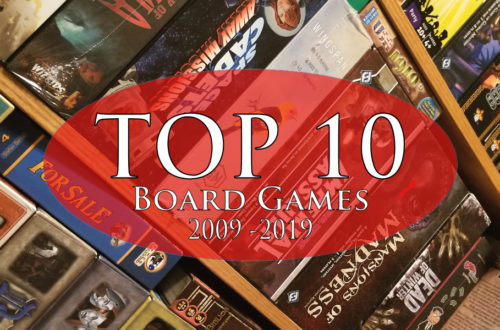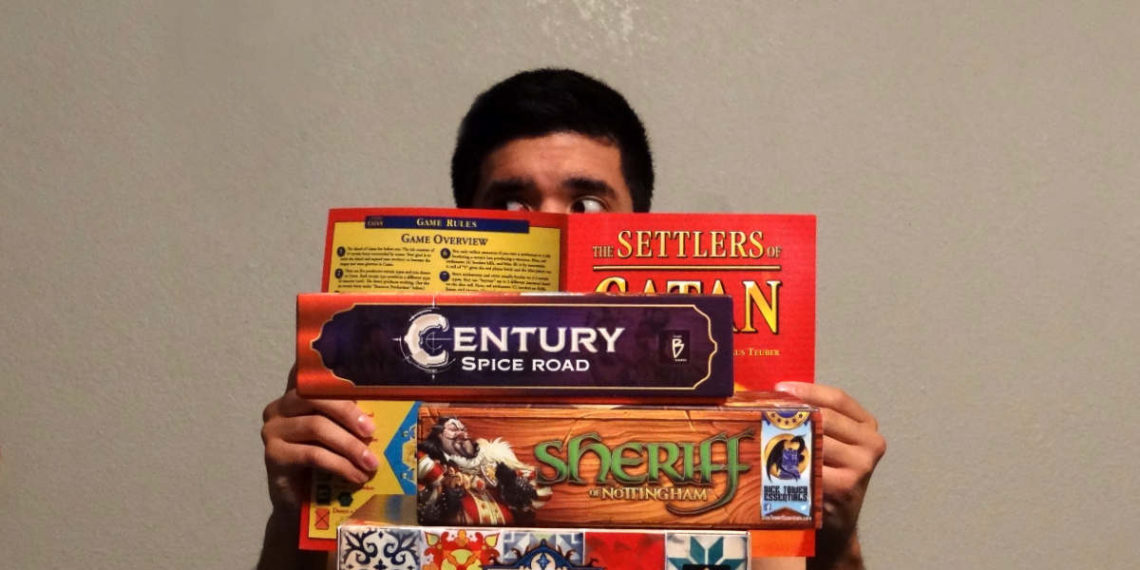
How to Teach a Board Game for the Very First Time
The time has finally come at long last — the board game you’ve been ogling for weeks is now in your possession, and the time has come to teach it to others.
An assembly of eager learners line the sides of the table. Several pairs of eyes are watching you expectantly. You look down at the board game you spoke so fervently about hours prior.
*Gulp* Now what?
The responsibility of teaching board games has fallen on my shoulders dozens of times. After several years of hosting countless game nights, I have found some things that have really benefited my rules explanations, as well as some things to avoid.
I’ve aggregated these findings into ten top tips that have been instrumental in helping me teach a board game for the first time. And not only that, but teach it in a way that is both efficient and most easily understood by all. And it is my hope that these findings help you, dear Reader, if the task of explaining a board game ever falls on your shoulders.
Let’s get started.
1. Have the game set up, and be ready to explain the rules.
Having the game board and pieces laid out and visible to everyone is extremely valuable in the game-teaching process. Think of it as reading a storybook with pictures. The rulebook is the story, but the assembled board game function as the illustration. Grasping concepts in the instructions can usually be improved by having tangible game bits to refer to.
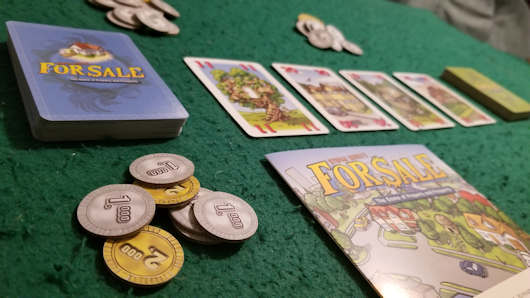
Needless to say, have the rulebook readily accessible and open in front of you.
But here’s the catch: Do not read the instructions verbatim to the group. Just don’t do it.
Using the game manual like a teleprompter has seldom resulted in a fulfilling game session. More often than not, it comes off as robotic, confusing, and dull; especially if you yourself don’t know the game.
Study the rulebook beforehand.
As the self-appointed board game instructor, it behooves you to know what you are teaching.
Take my word for it. At the very least, have a cursory understanding of the board game by going through the rulebook once on your own prior to game night. This is critical for success at the table. Otherwise, the game-teaching process will take much longer, and you’ll spend half the time flipping through pages in the rulebook trying to figure out what the heck you are talking about. Not ideal.
If need be, utilize instructional YouTube videos like Watch It Played if necessary to supplement your own knowledge of the game if there are any points of ambiguity.
In short: use the rulebook as a reference guide, not a script. As I begin to map out the rules and mechanics, I glance at the rulebook often to make sure I’m on track, and capturing the gist of the game accurately.
2. Summarize the goal of the game.
To kick things off, it only makes sense to explain the point of the game.
The bottom line is likely that you are striving to win, but going through a brief overview on what that looks like exactly will give players a sense of what they are shooting for before they play.
Is it victory points? Is it capturing a number of tokens? Be sure to carefully lay out the win condition, and short summary of how to get there. No need to get into the nitty-gritty of mechanics quite yet.
You’ll get into specifics momentarily.
3. Translate the rules for the other players in a way that easy is to understand.
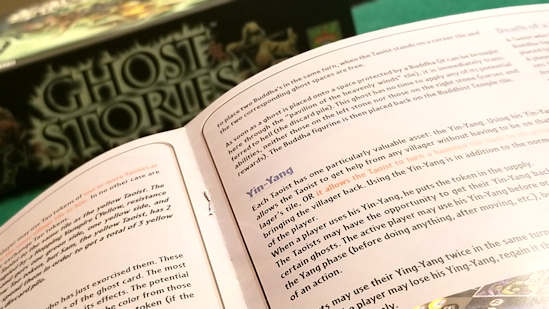
Many board game rulebooks are laid out like a drab IKEA manual – your job is to condense the menagerie from the text into comprehensible, actionable items that the players can understand and apply.
This is especially crucial for newer players who may not be familiar with designer board games.
Terms like “meeples” and “player tableau” might be foreign to them, so endeavor to speak in the vernacular wherever possible.
4. Provide opportunities for players to ask questions.
One foible of mine is that I can talk really fast when I get excited, leaving little space in my spiel for others to respond. After a few minutes of going through a section of the rulebook, pause.
Ask the others if what you just went through makes sense, and if anyone needs clarification.
If you see no puzzled faces, consider that a victory, and carry on with your explanation.
Otherwise, if you detect any uncertainty: Stop, circle back on that portion of the instructional monologue, and break it down until understanding is achieved by all.
5. Be patient.
There will likely be instances where you will need to take extra time to explain a rule or concept to someone at the table.
There will also likely be instances where you have to re-explain things multiple times, especially when the game actually starts.
And that’s normal.
Don’t ever publicly shame someone for forgetting a rule. It happens to the best of us.
Remember that while it takes a lot of work to explain the rules to a board game, it also takes a considerable amount of effort for players to focus and process all the information being thrown at them.
6. Utilize the board game components to illustrate your explanation.
If I come across key areas in the rulebook that might be hard to explain through solely verbal means, I don’t hesitate to grab any tokens or cards that can help my cause.
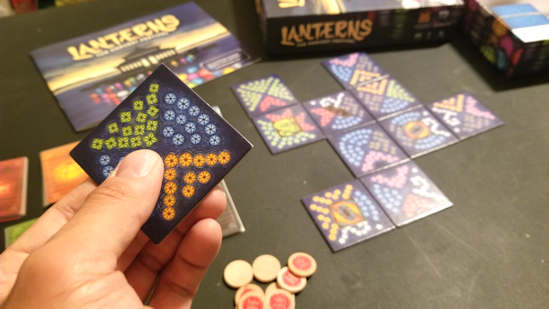
Think back to the storybook analogy. Having a visual example to illustrate a point can transform an idea from vague to concrete.
For example, if the game is detailing what takes place during an action phase: I will make use of whatever relevant miniatures, tokens, and cards I have to in order to sufficiently explain this part of the rulebook. Then, armed with these components in hand, I’ll proceed to “play out” a hypothetical interaction so the players can visualize how the action phase is supposed to take place.
This has proven very instrumental in getting the point across time and time again.
If I’m really feeling particularly sprightly, I may even prearrange the components and cards where I can jump into a staged example which I anticipate is coming up in the rulebook.
7. Gauge the players’ level of attentiveness.
You might be the most efficient and animated board game instructor in the world. But if the game itself is of the more complex variety, it will still take a bit of time to explain.
Thus, keep an eye on the others’ engagement level as you go through the rules. If a disproportionate amount of yawns are being exchanged, it might be time for a quick break.
Encourage water breaks and intervals where people can go use the bathroom. They’ll thank you later.
8. Avoid Wandering into the Broccoli Patch.
Provide the vital information that the players need to know, and no more.
You could certainly take hours explaining what each card and ability does, but this will result in nothing more than mere confusion and a prolonged instructional period. Use a card or two to illustrate an example, then move on to the next core rule or concept.

Board game time is precious, and you don’t want to spend all of it going through every fiddly aspect of the rules. Your goal as designated game instructor is to inform the others on the game’s goal and how to get there, as efficiently as possible.
If little clarifications or questions crop up during gameplay, then address them as needed. You don’t want to run the risk of overwhelming the players with too much information and sour the experience before they even get to play.
9. Tie Everything Back to the Goal of Game
As you get into the meat of the rulebook, it can be relatively easy for eyes to glaze over, and for the learning minds to forget what the point of the game’s rules are.
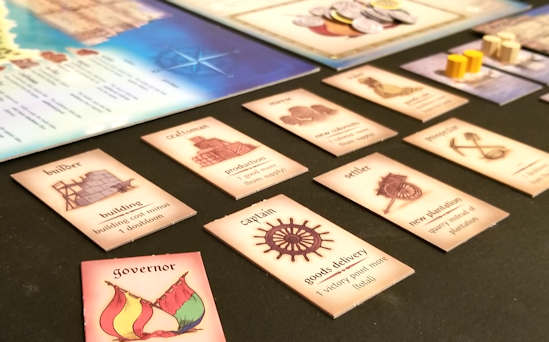
That’s why it’s important to remind the players why they are doing what they’re doing.
You are gathering resources in the Craftsman Phase of Puerto Rico? Great. How does this help the players achieve their win condition? Tie it back into the goal of the game, so they can understand the benefit of this action.
Don’t be redundant. But make sure the ones you are teaching understand the importance of every rule, which are in the rulebook for a reason.
10. Review, Reset, and Play!
To wrap up the instructional period, make sure you cover how the game can end.
This can range from a point threshold, to a depleted card deck; it will obviously depend on the board game being played. But in any case, players should at least be aware of how the game can conclude, so that there are no surprises.
And as mentioned in tip 9: repeat the goal of the game, reminding players what to shoot for.
Lastly, if there was any revealed information (such as face-up cards) that you may have laid out during the rules explanation, reset those with new components as you look to begin the first playthrough.
What’s left to do? Well, time to play the game!
The first few rounds are invariably going to be the slowest, while players try to recall the rules and wrap their heads around first-time strategies. And that’s okay.
With you as their official guide, things should improve steadily as the game progresses. Remember to be patient as everyone tries to figure out what to do next, jumping in where necessary to provide a rule clarification or general advice.
And now, for the most important tip of them all…
11. Bonus Tip: Have Fun!
With how technical some of these concepts can be, don’t forget that board games is about having fun!
Don’t stress if you missed one rule. No game-teaching process or explanation is perfect. But following the tips above should help guide you in the right direction for the next time you need to break out the rulebook.
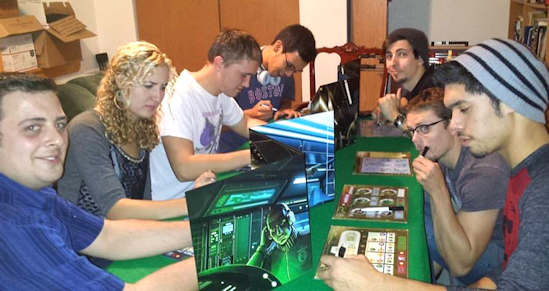
And with practice, each subsequent explanation will become easier and easier.
I know that teaching board games is a fair bit of work, but I find it incredibly fulfilling when the explanation was communicated succinctly, and the game clicks with everyone present at the table. This post was created with the following goal in mind – to help you get to the point where you can proficiently introduce new games to your group.
So get out there, tear open that sealed copy of Mage Knight, and show the world what you’re capable of!


